
Numerous variables, perhaps unique for men and women, may add to radicalisation. The attention on women is essential with regard to Pakistan where women shape 48.76 per cent of the aggregate populace in a male-ruled society that forces limitations on women for the sake of religion and culture, regularly binding them to their homes. In any case, patterns are changing now as an ever-increasing number of women are working in all circles of life close by men. Yet, contrasts hold on in the lives of women in urban and country regions. Pakistan is a patriarchal society where social practices and oppression against women are overflowing. It is not unprecedented for women to be dealt with as chattel. They are not just victimised as far as human services, training and legacy, yet in addition much of the time move towards becoming casualties of aggressive behaviour at home, barbaric and banned traditions, for example, karo-kari and marriage to the Quran to keep the family property inside the family.
This circumstance mirrors the vulnerabilities of women, who endure avoidance, underestimation and concealment because of a moderate outlook towards them and are powerless to radicalisation. Clarifying the reasons behind radicalisation among ladies, Margot Bardan, author of Feminism in Islam, says that women who end up helpless against the blandishments of radical fanaticism are individuals who are poor and uneducated or under-instructed and the socially underestimated or uprooted.
The patterns of radicalisation among Pakistani women can be followed back to the Afghan Jihad when ladies assumed a dynamic part by giving logistical assistance on the combat zone. In any case, a dynamic part of women in Pakistan regarding radicalisation wound up to the world amid the 2007 Lal Masjid/Jamia Hafsa standoff where activist men and ladies tested the writ of the state in Islamabad. Publications by extremist associations have likewise filled in as a successful apparatus to spread radicalisation among women. Extremist organisations utilise their publications to advance their belief system, and their restricted meaning of jihad to persuade ladies to convince male relatives to participate. On account of an absence of access to dependable data, ladies can without much of a stretch succumb to such radical promulgation. Rex Hudson, author of The Sociology and Psychology of Terrorism, expresses that ladies, being more hopeful than men, might be more headed to take part in extremist activities. Militants in Pakistan also rely on women for protection to continue their activities and to hide from the authorities, using them as “human shields”, as they are not exposed to as thorough checking when accompanied by women.
It is in this setting the investigation of radicalisation among Pakistani women winds up noteworthy in the present militant and political milieu of Pakistan. This foundation features the need to investigate the effect of socio-economic, religious and political factors on radicalisation of women, through accumulation of their observations. In spite of men being the vital workers, women in Pakistan have a generous part in residential undertakings as mothers, little girls, sisters and spouses. It is acknowledged that the mother is the principal wellspring of learning for youngsters’ moral training for her life partner, and gives physical care to her kids as well as plans their essential ideology. Therefore there is a need for an endeavour to examine the opinions of the women from both rustic and urban zones in all parts of the country to decide patterns and examples of radicalisation.
Published in The Express Tribune, March 14th, 2018.
Like Opinion & Editorial on Facebook, follow @ETOpEd on Twitter to receive all updates on all our daily pieces.



















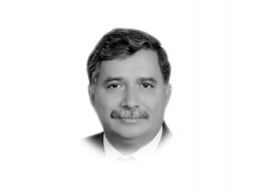

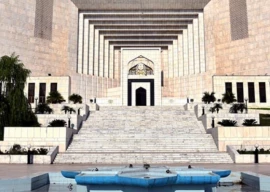
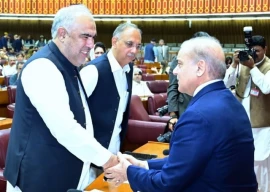


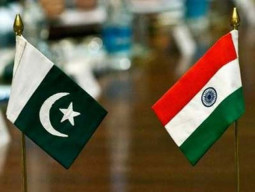


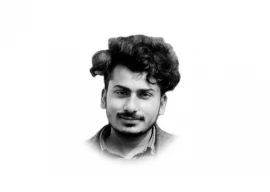
COMMENTS
Comments are moderated and generally will be posted if they are on-topic and not abusive.
For more information, please see our Comments FAQ